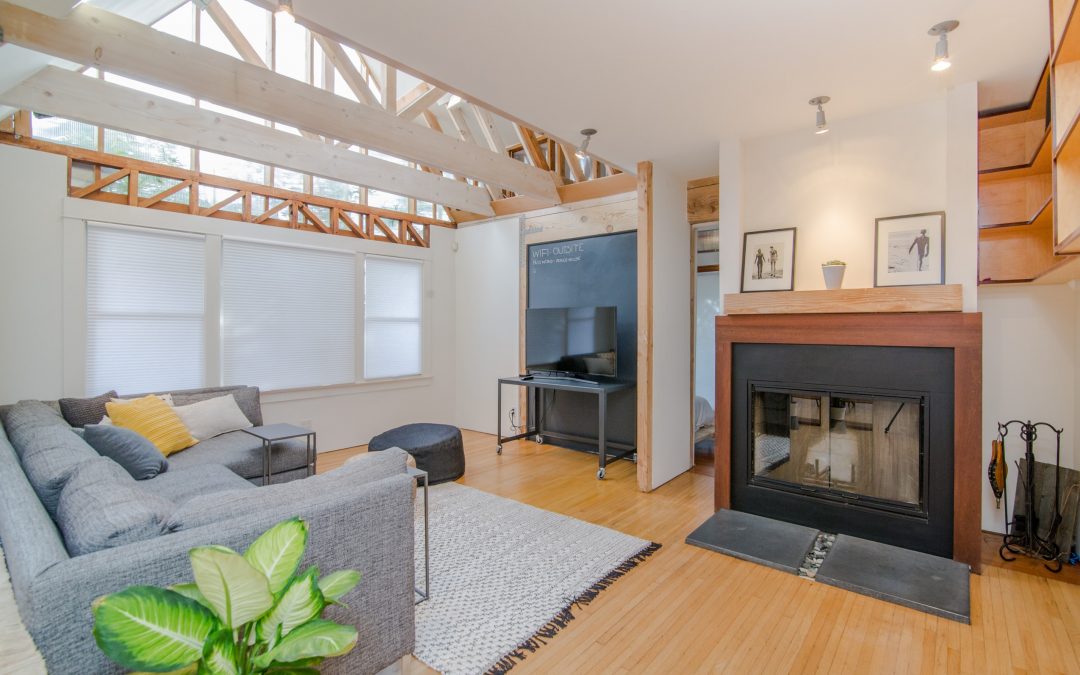All you need to do is take a quick look at some of the real estate prices in BC to understand just how expensive living here can be. The average price of a home in Vancouver, for example, is four times what most millennial Canadians can afford.
While homes in the rest of BC may not be quite as pricey as the ones found in the province’s biggest city — they’re not exactly bargains either. This probably doesn’t come as much of a surprise for most people either. When you have as many gorgeous mountain, lake, and ocean views as BC, people are willing to pay a premium.
So how can the average British Columbian get into the buyer’s market? It seems like you have to be a millionaire to even be in the discussion these days. One possible solution is renting to own. You may have heard the term before and been curious about what exactly that entails. Well, today is your lucky day. We’re going to take you through how rent-to-own works in BC.
Understanding Rent-to-Own Homes
If you have zero prior knowledge of rent-to-own homes and don’t understand how they function, it’s pretty simple. Generally speaking, a defined percentage of the monthly rent you pay goes towards reducing the sale price of the home. The term of the agreement is also agreed upon by both the tenant and landlord.
One important thing to note, however, is that the tenant must pay the initially agreed-upon sale price on the home. This cannot be changed even if the house is worth less later at the end of the agreement.
This payment model is typically seen as an alternative for people who want to own a home but can’t secure financing or don’t have enough money for a down payment. It’s also why rent-to-own homes can be a very alluring option for tenants. They can still work towards their goal of being a homeowner without taking on a significant financial burden.
From a landlord’s perspective, the rent-to-own option they offer tenants usually happens for a reason. Obviously it would be better if they could sell the home outright and make one lump sum. Most landlords who offer a rent-to-own model have difficulty selling their home in the current market. This makes them far more common in buyer’s markets and much rarer in seller’s markets.
Lease-Option or Lease-Purchase?
There are generally two types of rent-to-own agreements available to tenants. The most common is a lease-purchase agreement. This type of agreement virtually guarantees that the tenant will purchase the home once their rent-to-own agreement is complete. These are usually designed to safeguard landlords so they have a designated buyer.
The other type of agreement, and far more enticing for tenants, is a lease-option agreement. This type of agreement puts more power in the tenant’s hands by giving them the option of purchasing once the rent-to-own agreement is up. While there’s no obligation to purchase the home, the money the tenant has put towards the house will not be reimbursed. In that sense, it becomes more like a regular home for rent.
Whether you have a rent-to-own model or a standard rental agreement for your property — we can help you manage it properly. Head over to our site to see some of the excellent property management options we offer.

